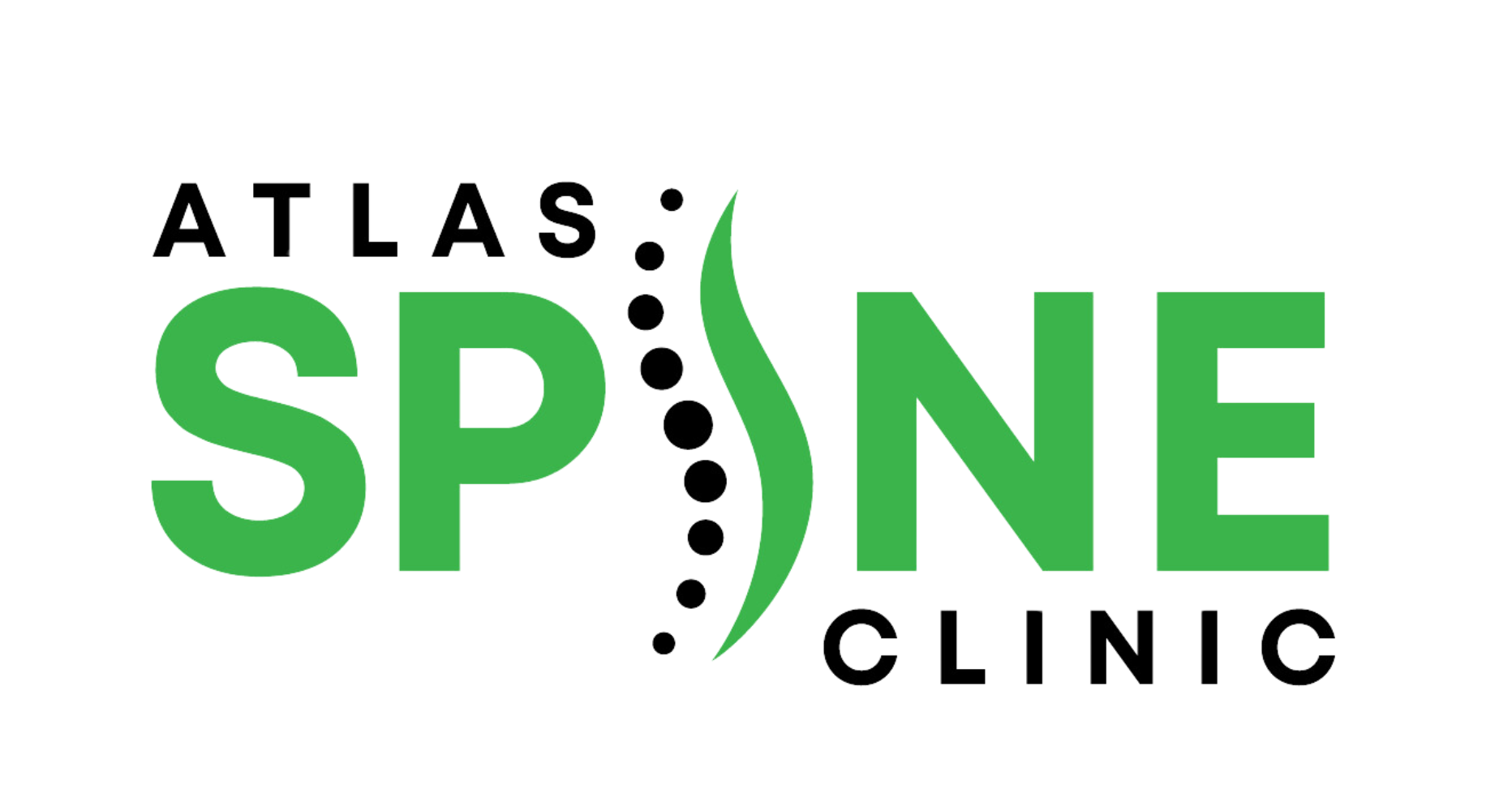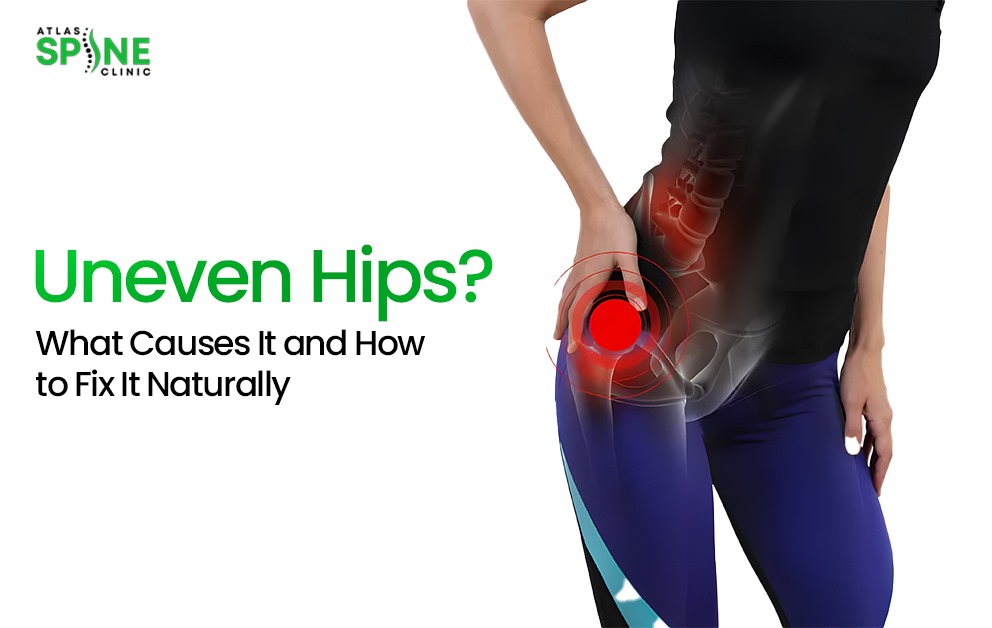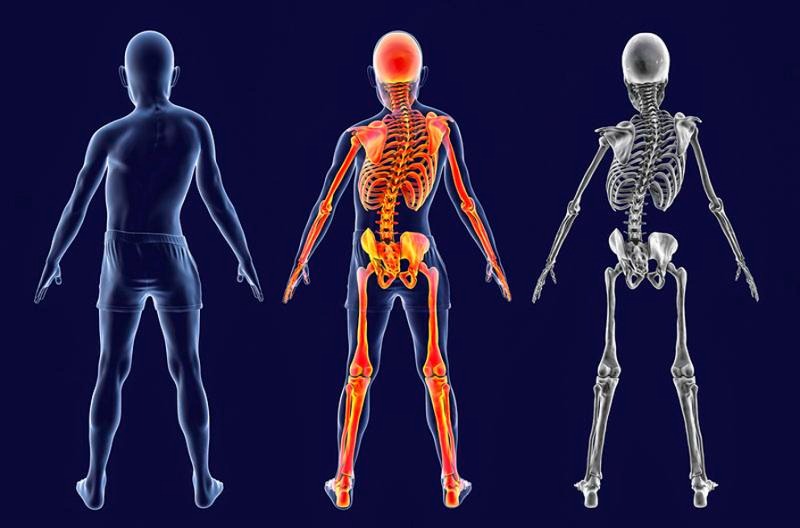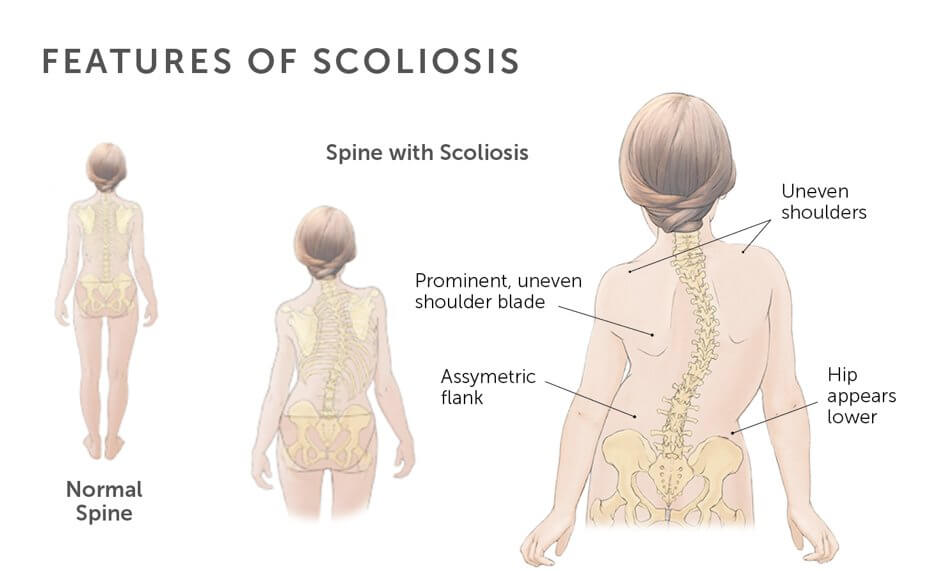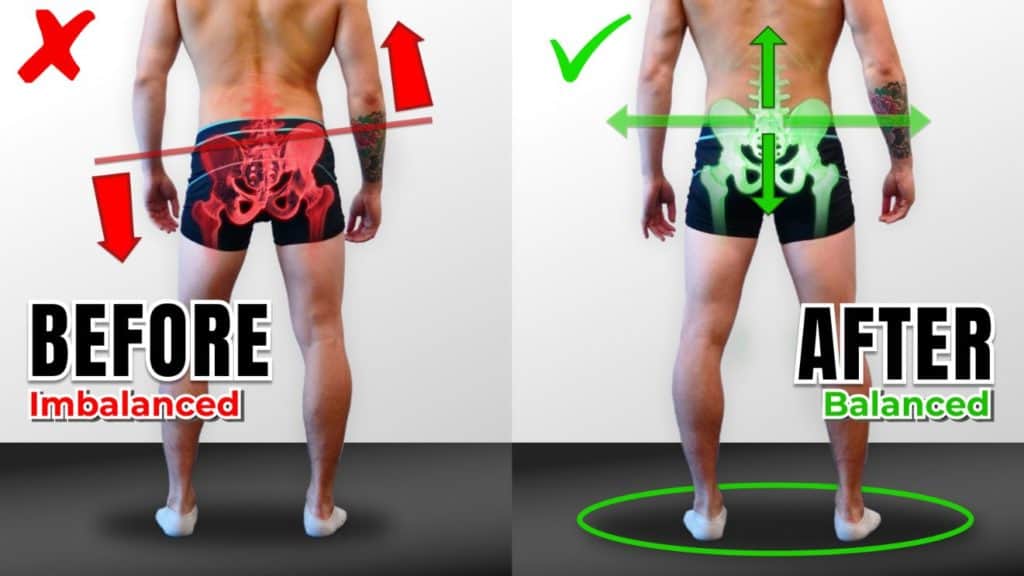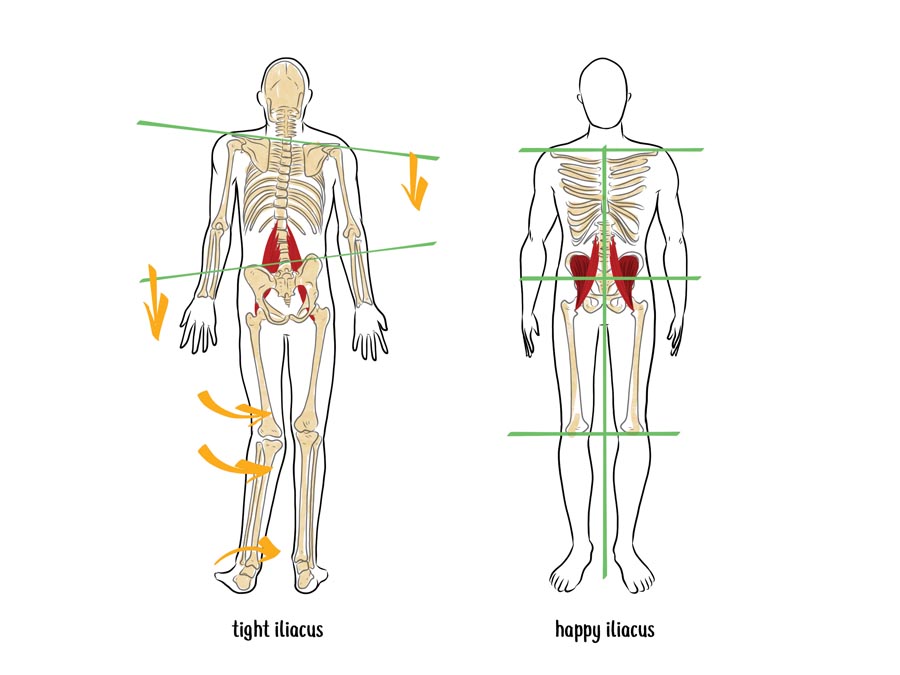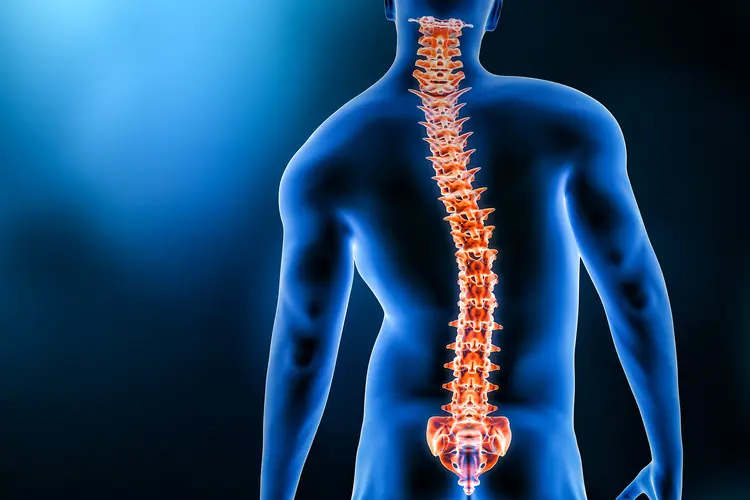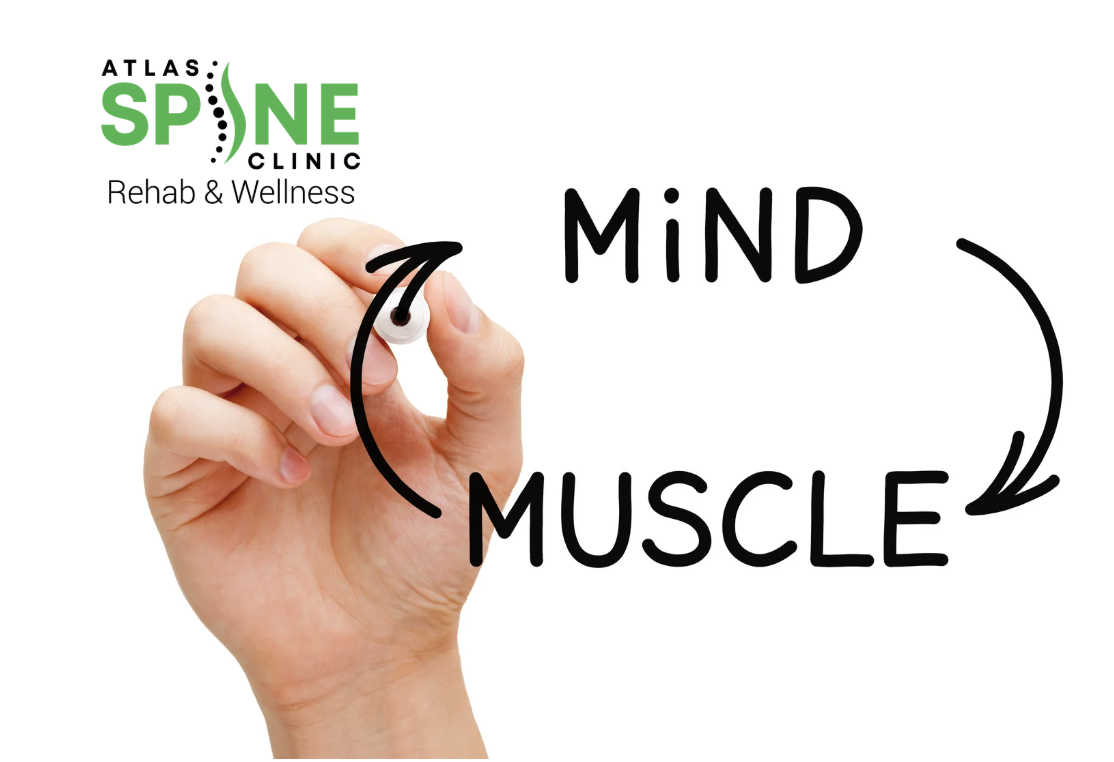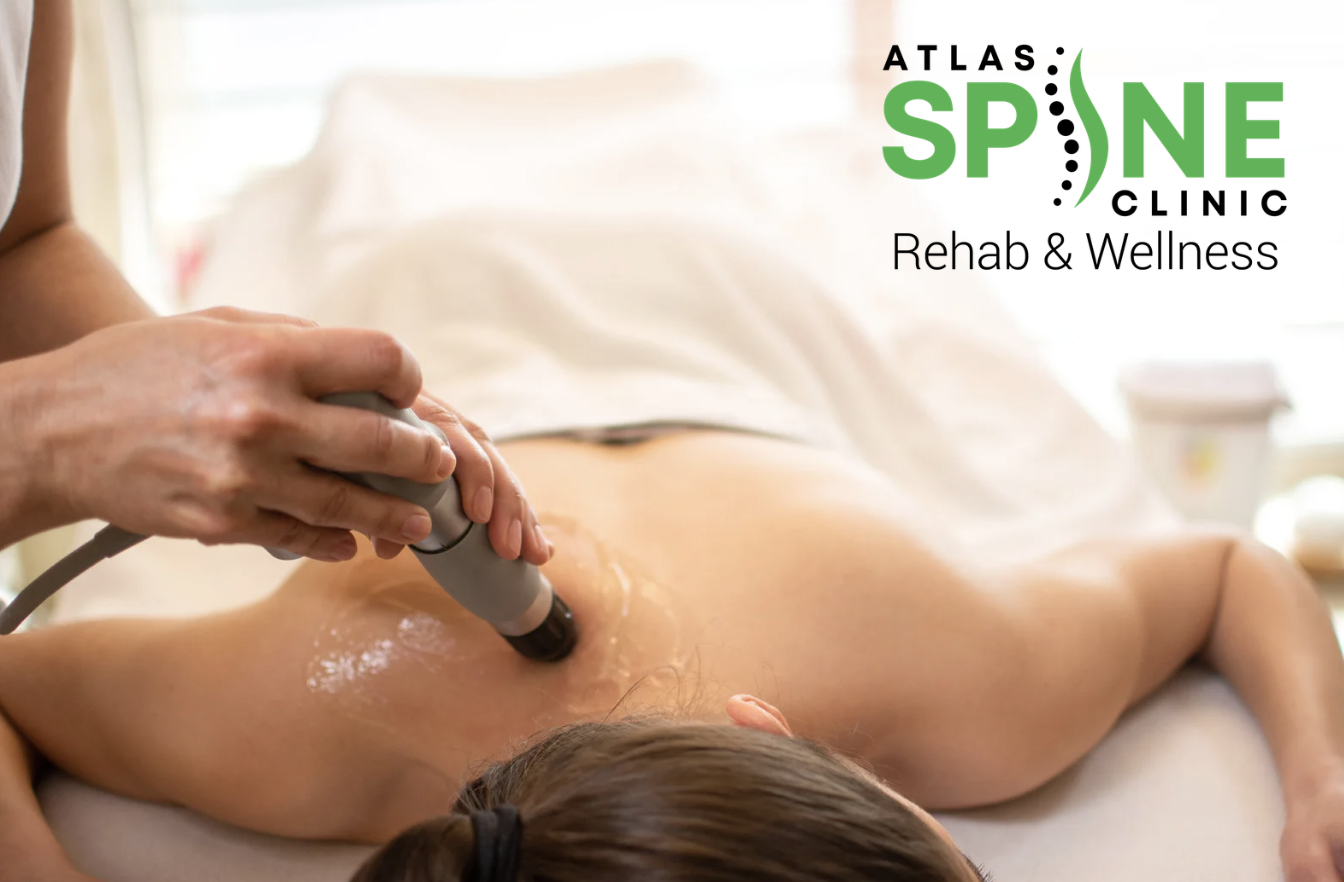You’re going about your day when suddenly one side of your body feels heavier, like it’s working overtime, like it’s working overtime. Even your jacket won’t stay on one shoulder. That “random” lower back tightness always hits the same spot. Well the answer is most probably – uneven hips or pelvic obliquity.
At first, it might feel like a slight misalignment. But over time, muscles become trained to adapt, and before you know it, you’re starting to ache from your lower back to your knees.
Don’t panic. Your body isn’t permanently damaged; it may just need a gentle reset.
What Are Uneven Hips?
Uneven hips (clinically called lateral pelvic tilt) occur when one side of your pelvis sits higher than the other. That tilt might seem minor, but over time, it can change how your entire body moves and feels. There are a few common reasons this happens:
- Pelvic asymmetry — when the bones themselves aren’t level
- Leg length discrepancy — where one leg is slightly longer or shorter, either structurally or functionally
- Muscle imbalances — like tightness on one side or weakness on the other
- Postural habits — such as always leaning on one leg or slouching to one side
Even a small hip height difference can throw off your spine, knees, and feet; often creating a compensatory C-curve and thus put uneven pain on your knees & ankles. Eventually, that imbalance can lead to conditions like sacroiliac joint dysfunction, chronic tension, and reduced mobility.
It’s like driving a car with misaligned wheels. You might get by for a while, but eventually, you’ll notice the wear and tear.
Common Signs You Might Have Uneven Hips
You might not notice it right away, yet there are some tell-tale signs that tend to pop up if your hips aren’t playing fair:
- One pant leg seems longer, even though they’re the same length
- Hip or lower back discomfort after sitting or standing for a long time
- Shoe soles flatten more on one side
- In the mirror, one side of the waist or hips looks higher
- Shoulders sit misaligned, with one side slightly lower(creating neck strain/headaches)
- Noticeable limp or altered walking pattern (uneven gait)
- Difficulty sleeping comfortably due to hip or pelvic pressure
What feels like small quirks in how your clothes fit or how your body moves often links back to some form of pelvic asymmetry.
(Pssst….. try the Trendelenburg test: stand on one leg. If the opposite hip drops instead of staying level, there’s a good chance you’ve got a bit of a hip imbalance going on.)
Causes of Uneven Hips
It’s rarely just one reason your hips end up tilted. Usually, it’s a mix of how your body’s built, how your muscles are behaving, and the little habits you repeat day in, day out without even noticing.
a) Structural Causes
Some people are born with different leg lengths. A leg length discrepancy can be structural (true), where bones differ in length, or functional, where alignment or muscular tension makes one leg behave longer than the other.
The other cause is Scoliosis, which is a lateral curvature of the spine that pulls the pelvis unevenly. This is one of the most common structural causes.
Either way, the pelvis tries to compensate for that tension, creating a lateral pelvic tilt that throws your body off balance.
b) Muscular Imbalances
When certain muscles don’t do their job, others take over. The glute medius is a stabilizer that helps keep the hips level. If it’s weak or underactive, the pelvis can drop or tilt during movement, setting the stage for hip imbalance.
Over time, that imbalance becomes the “new normal,” and your body just works around it to adjust.
Then there’s the Quadratus Lumborum — or QL for short. It’s this deep lower-back muscle that loves to tighten up on the higher side, yanking the pelvis upward like it’s pulling the strings. On the flip side, your adductors — those inner thigh muscles — can get way too tight on the lower side, dragging the pelvis down and making the tilt even worse.
Plus, let’s not forget the core stabilizers. Think of them as your midsection’s support crew — the obliques and transverse abdominis. When they’re weak, your pelvis doesn’t have the backup it needs to stay steady, so it keeps tipping with every step you take.
c) Postural Habits & Lifestyle Factors
This one’s sneaky because it feels harmless. You lean on one hip when standing. You always cross your legs the same way.
Do it long enough, and your pelvis starts thinking that’s the position it’s supposed to be in. Slowly, that “default” posture gets locked in, and now you’re dealing with a built-in tilt every time you move.
d) Foot & Lower Limb Issues
Here’s where the trouble can start from the ground up. When the arches of the feet collapse, the knees rotate inward, and the pelvis compensates above. Conditions like flat feet or fallen arches may seem unrelated, but they trigger a domino effect that contributes to pelvic tilt and instability.
How Uneven Hips Affect Your Body
Once the pelvis tilts out of place, the rest of the body has to adjust. These changes don’t just stay in your hips; they affect your entire body, adding tension and strain you might not connect to the original problem.
Common effects include:
- Stiff or sore sacroiliac joint
- Misaligned spine and shoulders
- Glutes, lower back, and calves overworking
- Persistent lower back pain
- Faster wear in knees and spine
In some cases, uneven hips also trigger sciatica (nerve pain running down the leg), hip impingement (a pinching feeling in the hip), or even neck pain and headaches from compensatory spinal curves. Athletes may also face a higher risk of strains and injuries due to instability.
What Should Healthy Hips Look Like?
When your hips are lined up right, your whole body just breathes easier and every step feels natural. The front or back, the pelvis sits level, so nothing looks higher or off balance
From the side, there’s no deep arch and no awkward tuck, just a balanced, neutral stance that lets both hips share the work. That way your muscles stay relaxed instead of working overtime to keep you standing tall
This kind of balance keeps tension low, movement smooth and your joints feeling good for the long haul.
Even a small tilt can mess with that flow so it’s worth checking yourself in the mirror now and then before it turns into a bigger problem
Natural Ways to Fix Uneven Hips
At Atlas Spine Clinic our goal isn’t to just chase pain — it’s to fix what’s behind it. When it comes to Uneven Hips, we focus on building strength where it’s missing, restoring flexibility where things are locked up, and helping you adjust habits that keep your body out of balance.
a) Release Tight Muscles
Tight muscles can pull the pelvis out of position and keep it stuck there.
We start by loosening up the areas that restrict movement:
- Foam roll the IT band and hip flexors by lying on your side and slowly rolling from hip to knee.
- Stretch the adductors in a butterfly pose, or try a half-kneeling stretch to open the psoas muscle at the front of the hip.
- Quadratus Lumborum (QL) — a deep lower-back muscle that often shortens on the high side, by raising one arm overhead and leaning to the opposite side to create space and restore symmetry.
Freeing up these tight spots gives the hips the room they need to realign.
b) Strengthen Weak Muscles
Mobility is only half the picture — without strength, the body can’t hold its new alignment.
We target the muscles that keep the pelvis steady:
- Clamshells fire up the glute medius, your side-to-side stabilizer
- Hip hikes teach the pelvis to lift and lower under control
- Step-ups build single-leg strength so each side can carry its share of the load
- Side-lying leg raises to further activate the gluteus medius and improve hip stability.
- Single-leg bridges to strengthen the glutes and hamstrings while challenging pelvic alignment.
- Bird-dogs (opposite arm and leg extensions from hands and knees) to build core stability and coordination between hips and spine.
This isn’t just about raw strength — it’s about balance and control that shows up in your everyday movement.
c) Posture & Movement Awareness
Strong and flexible hips won’t stay aligned if your daily habits keep pulling them off track.
We coach you to:
- Shift weight evenly while standing
- Alternate shoulders when carrying bags
- Adjust sitting positions to avoid leaning into one side
Small, consistent changes in posture can be the difference between lasting progress and constant setbacks.
d) Foot & Ankle Support
If the foundation isn’t stable, the hips will keep compensating.
We address lower limb alignment by:
- Recommending custom insoles or orthotics when needed to support the arches and distribute weight evenly
- Correcting foot mechanics to prevent misalignment from the ground up
Sometimes the fix for hip misalignment starts all the way at your feet.
e) Daily Habits & Ergonomics
Lasting change doesn’t just come from exercise. It’s also about how you move and rest every day. Small tweaks in your routine can keep your hips balanced:
- Workstation setup: Adjust your chair and monitor so your hips and spine stay level while you sit.
- Sleeping posture: Place a pillow between your knees when sleeping on your side to keep your pelvis and spine aligned.
- Footwear choices: Stick with supportive shoes that keep your arches stable and avoid high heels, which can throw off pelvic alignment.
When to See a Professional
It’s normal for your hips to feel a little off from time to time, but certain signs mean it’s best to seek help:
- Severe or persistent hip or back pain.
- Numbness, tingling, or weakness in the legs.
- A noticeable limp or uneven gait that doesn’t improve.
- A visible spinal curve or a large leg length difference.
If you notice any of these red flags, getting checked by a professional ensures the problem doesn’t worsen over time.
How Atlas Spine Clinic Can Help
Every case is different. Some people are dealing with structural scoliosis or functional scoliosis that’s tipping the pelvis out of line. Others have years of bad posture or movement habits that slowly pushed things off balance.
That’s where we step in. We run full postural checks, use hands-on therapy and myofascial release to free up restricted areas, prescribe corrective exercises, and build strength where your body needs it most. We may also recommend orthotics or ergonomic changes for long-term alignment.
We don’t just treat the pain. We address what’s causing it, so your hips stay balanced and your movement feels natural again.
Wrapping Up
Uneven hips don’t always start with pain. Over time, however, they shape how your body moves and how it holds up under pressure. The sooner you address it, the better your body will feel.
Reach out to Atlas Spine Clinic to get back into alignment, rebuild balance, and feel the difference in how you move every day.
📞 Call us at (647) 794-6868 or
🖥️ fill out our online form to book an appointment or learn more about our services.
